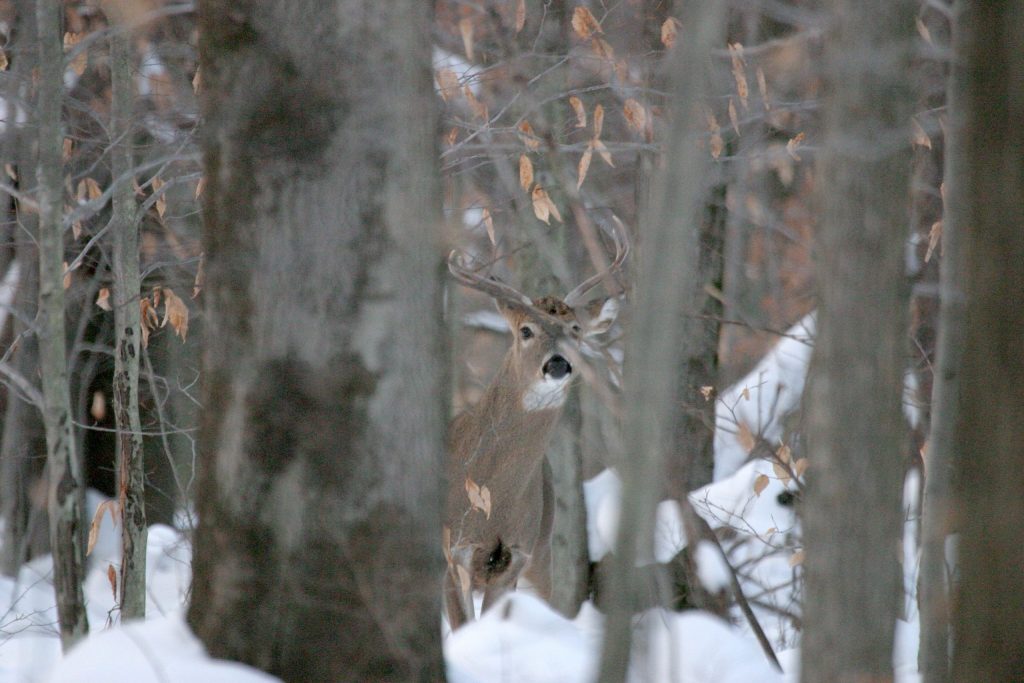I recently received a report from the Wisconsin Department of Natural Resources about how climate change will impact wildlife in that state. The report notes that there will be “winners and losers.” I wondered what side of the coin deer would be.
In Wisconsin, the white-tailed deer is the “state wildlife animal” and is the subject of an extensive harvest management program with hunting contributing $482 million to Wisconsin’s economy. Sounds just like Pennsylvania.
The report noted that winter severity is a challenge to overwinter survival, and research in neighboring Minnesota found that 50% of the variation in adult female mortality is explained by winter severity.
Winter severity is not really an issue in Pennsylvania – especially compared to Wisconsin. This is evident by the fact deer in Pennsylvania do not exhibit yarding behavior like deer in northern Minnesota, Wisconsin, Maine, and other northern states. Also, a large percentage of deer that survive the hunting season are alive the following year. This is good news because protecting winter habitat adds another complicated dimension to deer management.
So what do they predict will happen in Wisconsin as temperatures warm 6-8 F degrees? Higher deer abundance through greater survival and reproductive rates. Sounds great, doesn’t it?! Deer might be one of the winners!
But hold on, the report also goes on to mention that there’s a downside to climate change (remember, the “losers” side of the story?).
Outbreaks of an infectious viral disease, epizootic hemorrhagic disease (EHD) are expected to increase in frequency and severity. This was an issue that I and a colleague of mine, Steve Shea, addressed in our book chapter on deer management in eastern North America in “Biology and Management of White-tailed Deer.”
Climate change is predicted to result in warmer summers, longer dry spells, and more intense rain events. The perfect environment for the midge that transmits EHD. This disease will not wipe out deer populations, but initially it will introduce more variability to their abundance. (at least until it becomes an annual occurrence and most of the adult, breeding population develops immunity to the disease)
What about parasites like ticks? Higher temperatures lead to faster development rates of all 3 life stages of the tick. Ticks are the most important ectoparasites infesting white-tailed deer in North America. Eighteen species have been reported from white-tailed deer in the United States. For deer, tick infestation and complications include local irritation, anemia, secondary infections, and disease transmission. Will parasite load on deer increase with climate change? And how might this affect tick-borne diseases in humans?
So what will the future with climate change hold for white-tailed deer? Given their range distribution from Canada into South America, deer will likely tolerate any change given their amazing adaptability in the face of adversity. In more northern climates we will likely see faster growth rates in deer populations but also greater risk from disease.
And the future is now. EHD has already become established in Pennsylvania.
With mild winters outnumbering the severe, wintering yards in Pennsylvania will never be a worry, but new disease threats within our deer herd likely will be.
-Duane Diefenbach
If you would like to receive email alerts of new blog posts, subscribe here.
And Follow us on Twitter @WTDresearch
